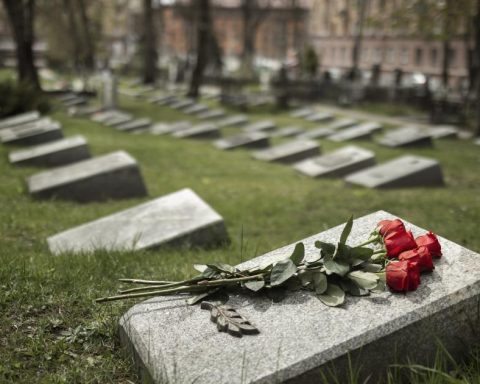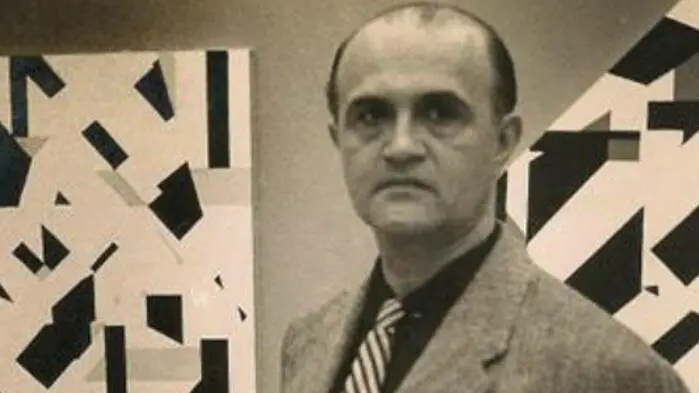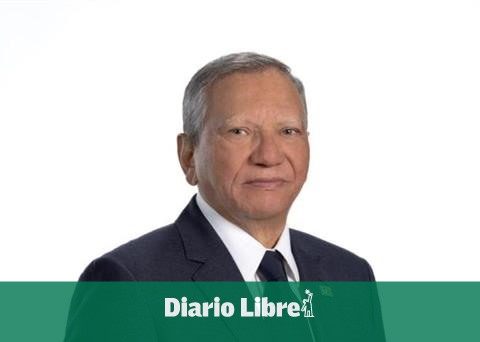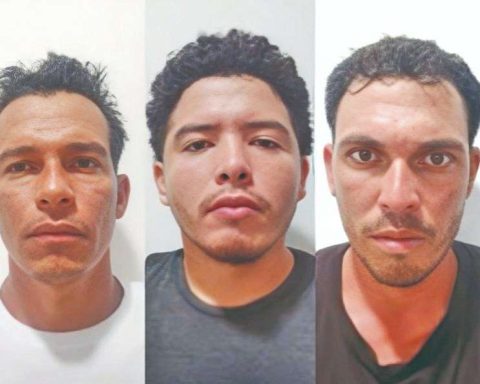The mining strike that paralyzed the northeast of Colombia and even led to the end of the bilateral ceasefire between the Government and the ‘Gulf clan’, was suspended, this Wednesday, April 5, after more than a month of protests, often violent.
(See: ANM clarifies the differences between mineral production figures).
“We are not going to lift the strike, the strike is suspended and we go home with the knowledge of the tacit interpretation of going to work“said Saúl Bedoya, spokesman for the miners’ strike committee.
The protest began on March 2 in rejection of police and military operations against illegal mining that destroys the environment.
Bedoya added that “never before” has any protest achieved what they did during the mobilizations for the miners in the region of under Cauca, between the departments of Antioquia and Córdoba.
The mining strike, which according to the Government was instigated by the ‘Gulf clan’, caused the confinement of more than 250,000 people, which forced the authorities to carry out caravans to guarantee normal transit through the trunk of the Caribbean coast, protect the integrity of the carriers and supply the regions that were isolated.
(See: Mining, the sector that contributed the most income to the treasury compared to GDP).
During the strike, the authorities said that the “clan del Golfo” made a attack in which he destroyed the aqueduct of the municipality of Tarazá, where a toll booth was also set on fire, among other attacks.
For this reason, the Government accused that organization, the main criminal gang in the country, of breaking the ceasefire, which is why it ended the ceasefire with that group last month.
Progress in negotiations with the Government
The suspension of the strike is known after the Government carried out a security council in caucasiain the convulsed region of Bajo Cauca, after which he said that “attention to the population that has an impact on mining extraction in the region is a priority“.
(See: Why doesn’t the mining production data add up to the sector?).
“Proof of this has been the continuous presence in the municipalities of Bajo Cauca, Antioquia since the beginning of the social protest, where dialogue tables have been held with the community, with the participation of the ministries of Mines, Environment and the Interior, as well as as well as other entities whose mission is to guarantee the rights of this population“, detailed the Government in a statement.
Likewise, President Gustavo Petro ordered to review mining titles in the region to “determine who are the holders of mining rights and which ones the State has“.

Mining strike in Antioquia.
Courtesy
He also urged “Study gold marketing alternatives that have the technical participation of the State” and requested the Ministry of Transport to carry out “a characterization” of the heavy machinery that operates in the region and its owners, with a view to a social and economic outlet.
(See: Colombia has intervened almost 1,000 illegal mines in the new Government).
“President Gustavo Petro ordered the urgent formation of the technical committee that articulates the response and institutional offer that is being developed for the region to define a comprehensive plan“, detailed the Government on the measures taken to deal with the situation.
EFE














